I don't know if I would say I've saved the best for last, but here it is anyway: Proper layering for core protection. This part of your body is by far the most important and vital for survival. It's where your vital organs reside and it's also home to some of your biggest muscles. Your core, or more importantly your vital organs, are protected first. This is the primary goal of your body. This function is one of the reasons your extremities get cold so much quicker and easier. Your brain makes your vessels contract in your fingers and toes, allowing more blood flow to the vital organs, that contraction is the reason many of us suffer all winter long with numbness and thawing pain. So, if you think about it, by keeping your core warm you can keep your hands and feet warmer, too. This isn't always the case, which is why hand and toe warmers are such "hot" sellers.
Your core, depending on who you ask, runs from your neck down to your knees and out to your elbows, at least that's what I am going to consider it for the purpose of this.
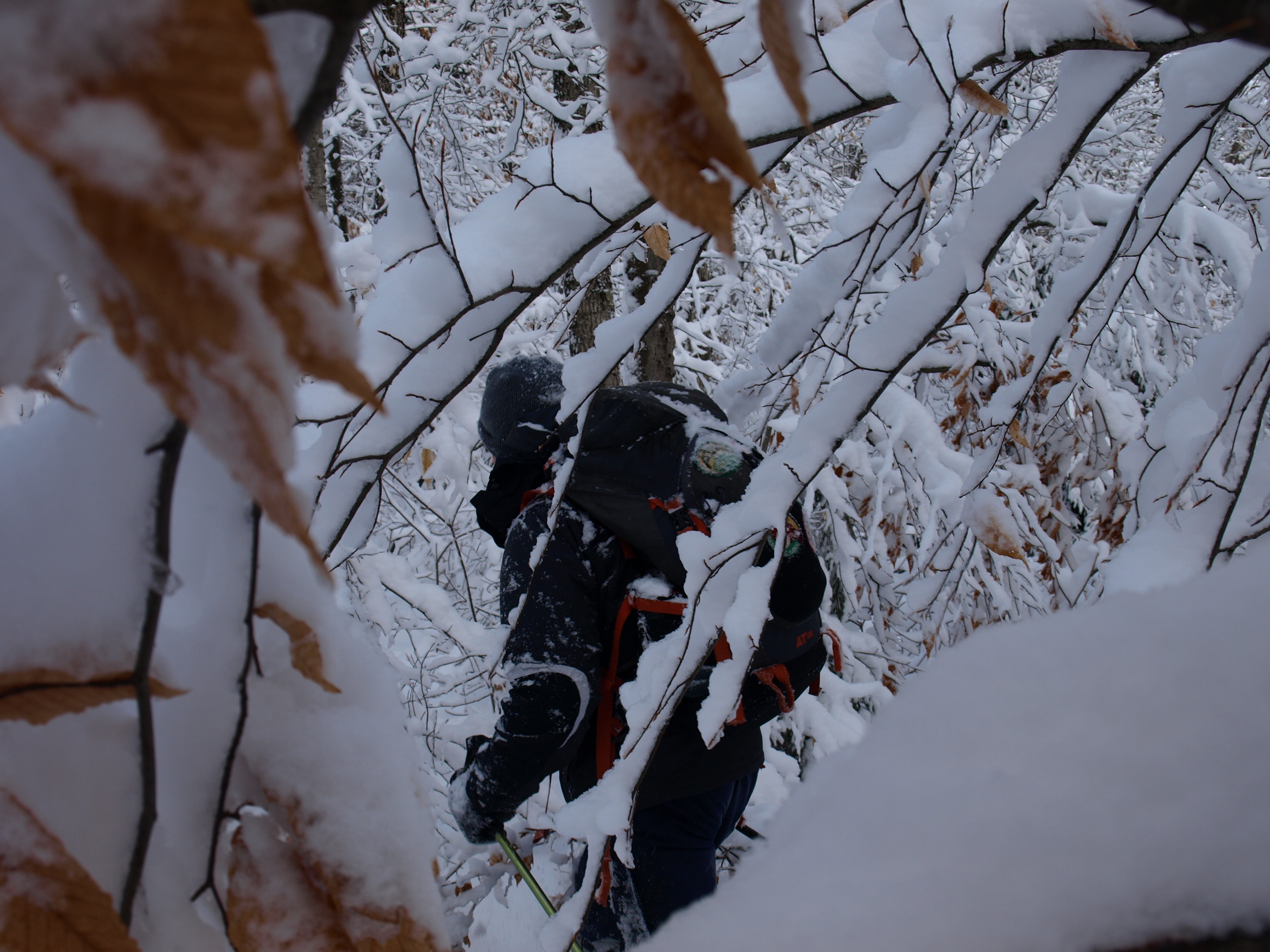
Cotton
It's just bad news for the cold weather months, so leave it home.
Base layers
There are two types of base layers to consider: merino wool and a synthetic mix. A base layer is the next-to-the-skin layer that you will feel and have to live with all day long, so be sure you find something comfortable. To fit a base layer is not too difficult. If you want a looser fit, buy a brand that supports a looser fit or go one size up. Want skin tight? They make those too.
You can purchase base layers in all sizes and in five different weights: silk, light, mid, heavy, and expedition. You will find that mid-weight is the one you will use the most, but it's a good idea to have some heavier ones in your closet for those bitter days.
Merino wool base layers: This is your priciest option. These base layers are soft and super comfortable to wear all day and even for multiple days. Wool has natural lanolin that fights bacteria, which in turn stops the piece from smelling like sweat and dirty cotton socks.
Merino wool is not the traditional wool that is itchy to even look at. It's much more comfortable, lighter, and fits better. This is still wool, though, so if you have an allergy to wool, you may still be allergic to it.
Synthetic base layers: This is your most affordable option. These are similar to merino wool in comfort and fit, but they are made of a different material. Rather than wool this is a manmade material, some of which is derived from petroleum based products. Synthetic materials do not have a bacteria fighting ingredient unless it's built into the fabric, which in my opinion doesn't work as well. Synthetic fabric tends to hold odors and overtime it gets hard to ignore, even for the wearer.
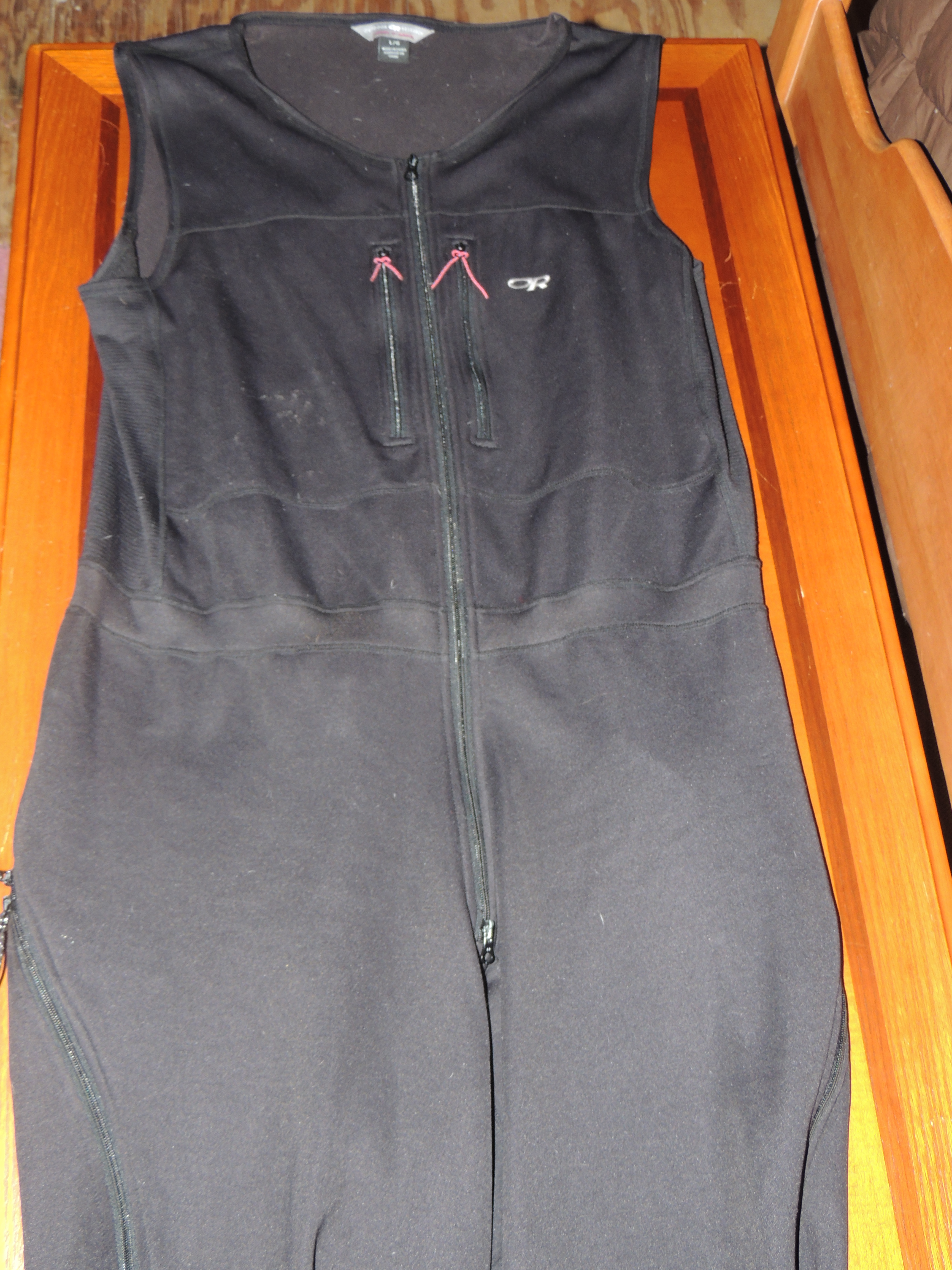
Farmer Johns and Janes: These are simply a one piece base layer with no gap between the top and bottom layers. They also have a drop bottom for those times when you just have to go. These come in both materials.
Mid layer
The mid layer is just that. It can be of many different materials like fleece, wool, down, or Primaloft,but not cotton. The mid layer often becomes your outer layer when the temperatures are too warm or you need to cool off during high-activity levels. It should not be a waterproof layer; leave that for the outer layer.
Most people don't wear a mid-layer on their bottoms but when they do, a high percentage of the time it's fleece. Your legs produce a lot of heat and don't need the layering that your upper body needs.
Fleece: This is most affordable option. Everyone makes a fleece jacket, but some are better than others. All will do the trick under most circumstances. Look for a tighter knit — the tighter the knit the better the fleece and the longer it will last. The higher the number on the fleece the warmer it is: 200, 300, 400. Fleece is nice because it typically stays rather warm when wet and even when covered in snow.
Fleece is a manmade material. Some companies use old water bottles to make the fleece fabric. The fabric is generally very durable and can take a beating.
Wool: Just like the base layer, merino wool is the most comfortable. Wool stays warm when wet but tends to be a bit heavier than fleece. For the mid-layer you could use regular wool as it is not against your skin.
Down: Not used so much for a mid layer because it can be too bulky. However, some companies are making a less bulky mid layer with a down fill. The problem with down is if it gets wet it loses all of its warmth. I recommend down as a warmth layer, which you will read about in a bit.
Primaloft: This is a very popular mid layer as it is light, not too bulky, and somewhat affordable. Primaloft is a manmade down, so to speak. It was developed for the military and has hit the market hard in outerwear and gear. This material, unlike down, stays warm and retains its value and loft when wet.
Vest: These are nice to keep the warmth on your core and not any extra on your arms. These can also be found in all four materials.
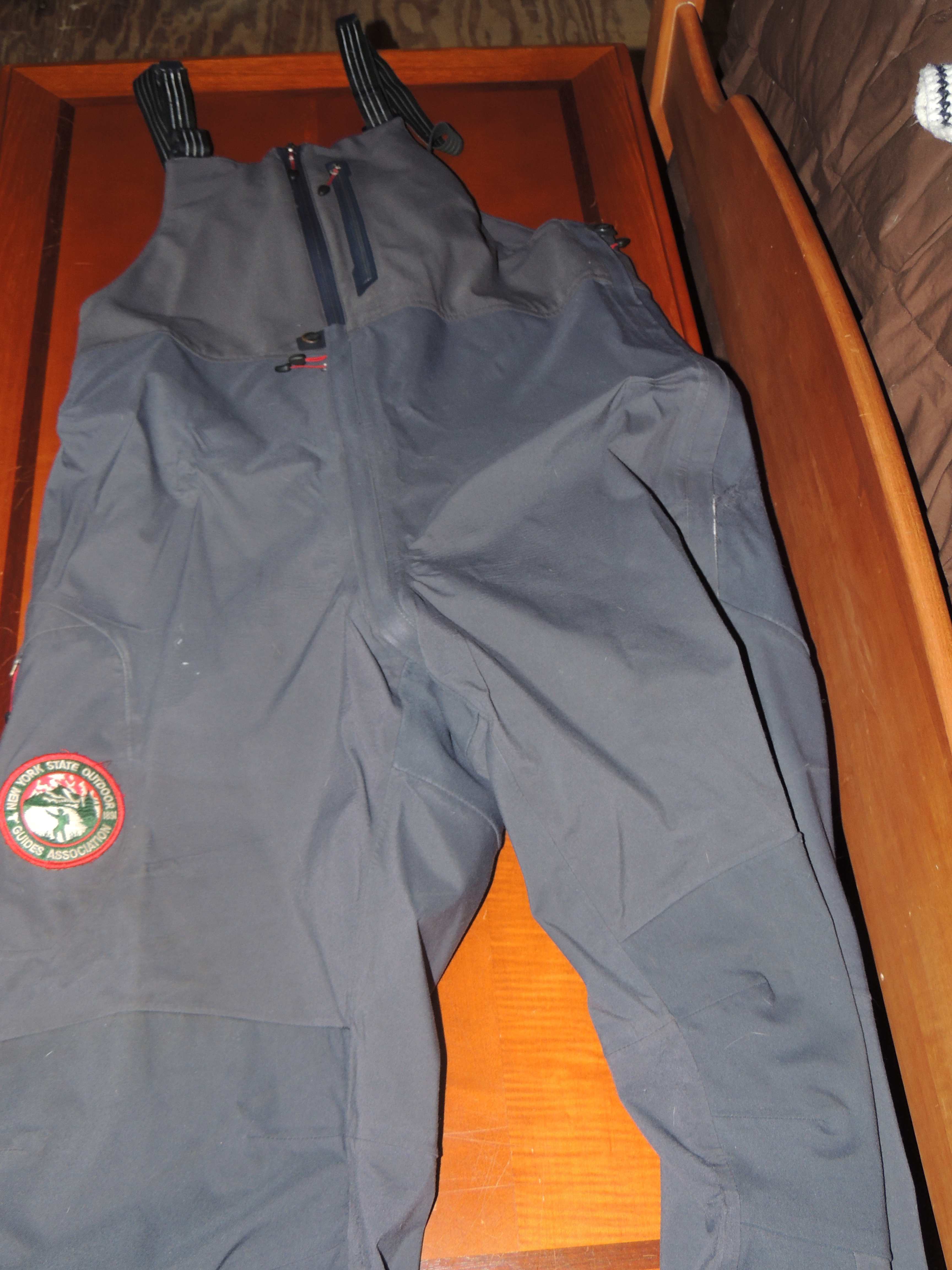
Outer layer
The outer layer should be your waterproof, breathable layer. Many companies are coming out with their own waterproof, breathable materials, and most are quite good. The key as to how it works is not all that simple but somewhat easy to explain. A water particle is larger than a moisture particle. so air and moisture from sweat can get out but water can't get in. However, once moisture turns to liquid, it won't get out either. This is mainly due to the fact that you will, in many instances, produce moisture faster than the material can disperse it. This is also a good reason not to wear the outer-layer unless you need to stay dry, to cut heavy winds, or during low activity levels.
Shell (uninsulated): This is the best option and is preferred for a layering system. This has no insulating value but does trap heat and block wind to a point where it makes you feel warmer.
Shell (insulated): An insulated shell is not really a shell at all, and it is too warm for a layering system unless it is lightly insulated. By that I mean a very thin liner. If the outer layer is over insulated you have no need for a mid layer. Then without a mid layer you can't de-layer appropriately.
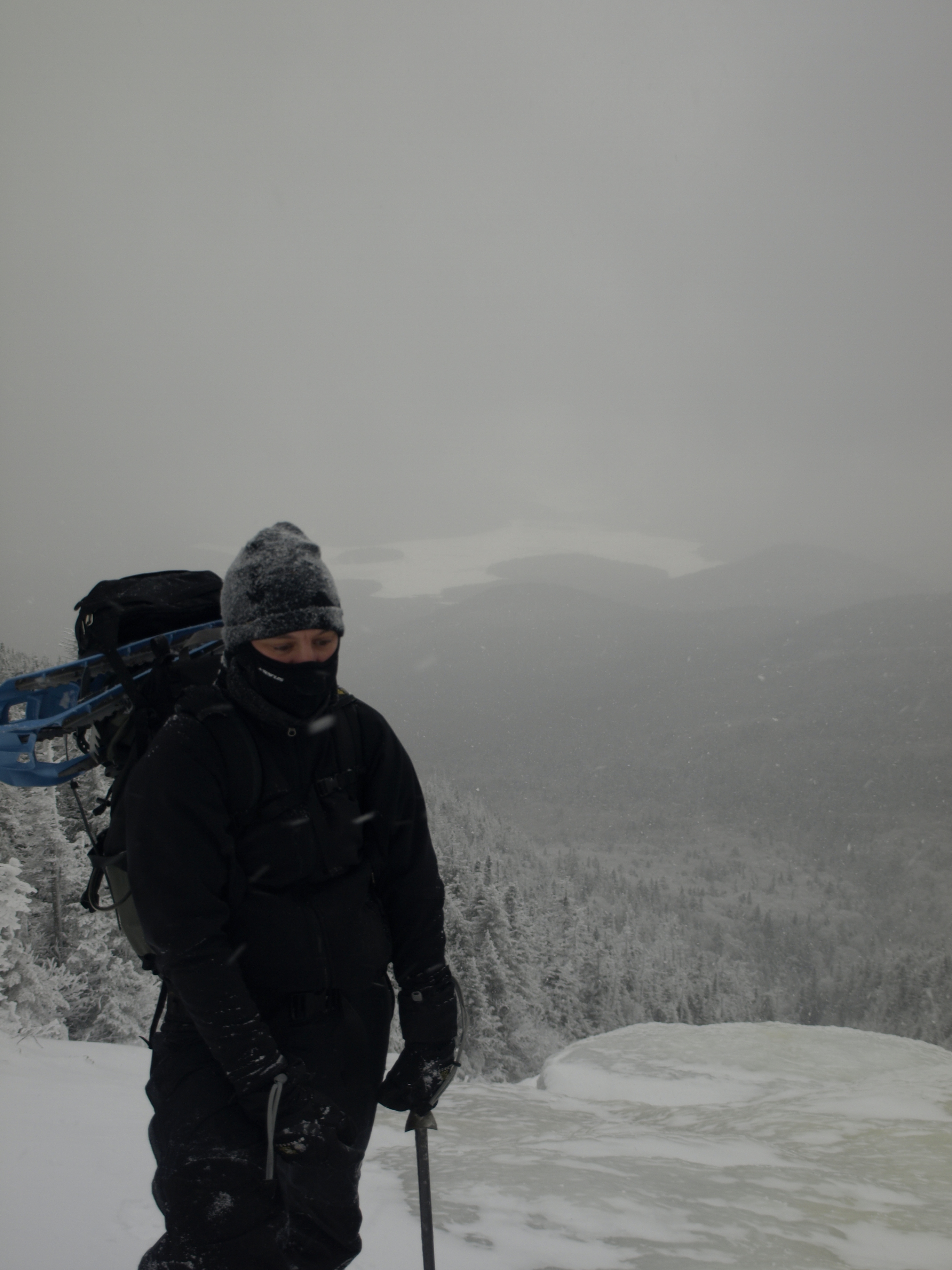
Warmth Layer
A warmth layer is essentially a fourth layer that goes over everything. Nine out of 10 times this is a down layer or what is called a belay jacket. This warmth layer even goes over your waterproof, breathable layer. The warmth layer usually stays in the pack and comes out during times of low activity level like around camp, above tree line, lounging on a summit, or in any windy, cold conditions.
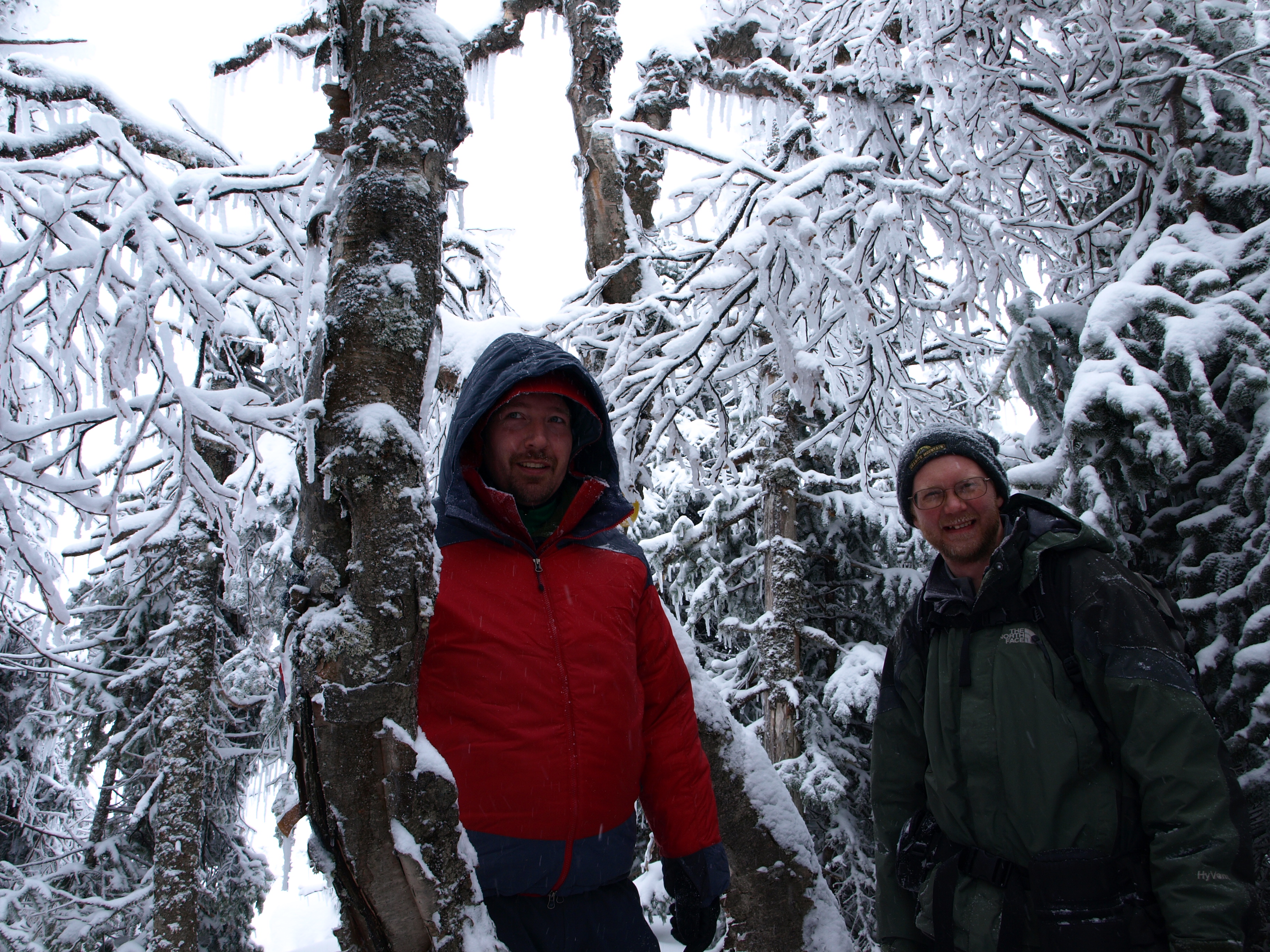
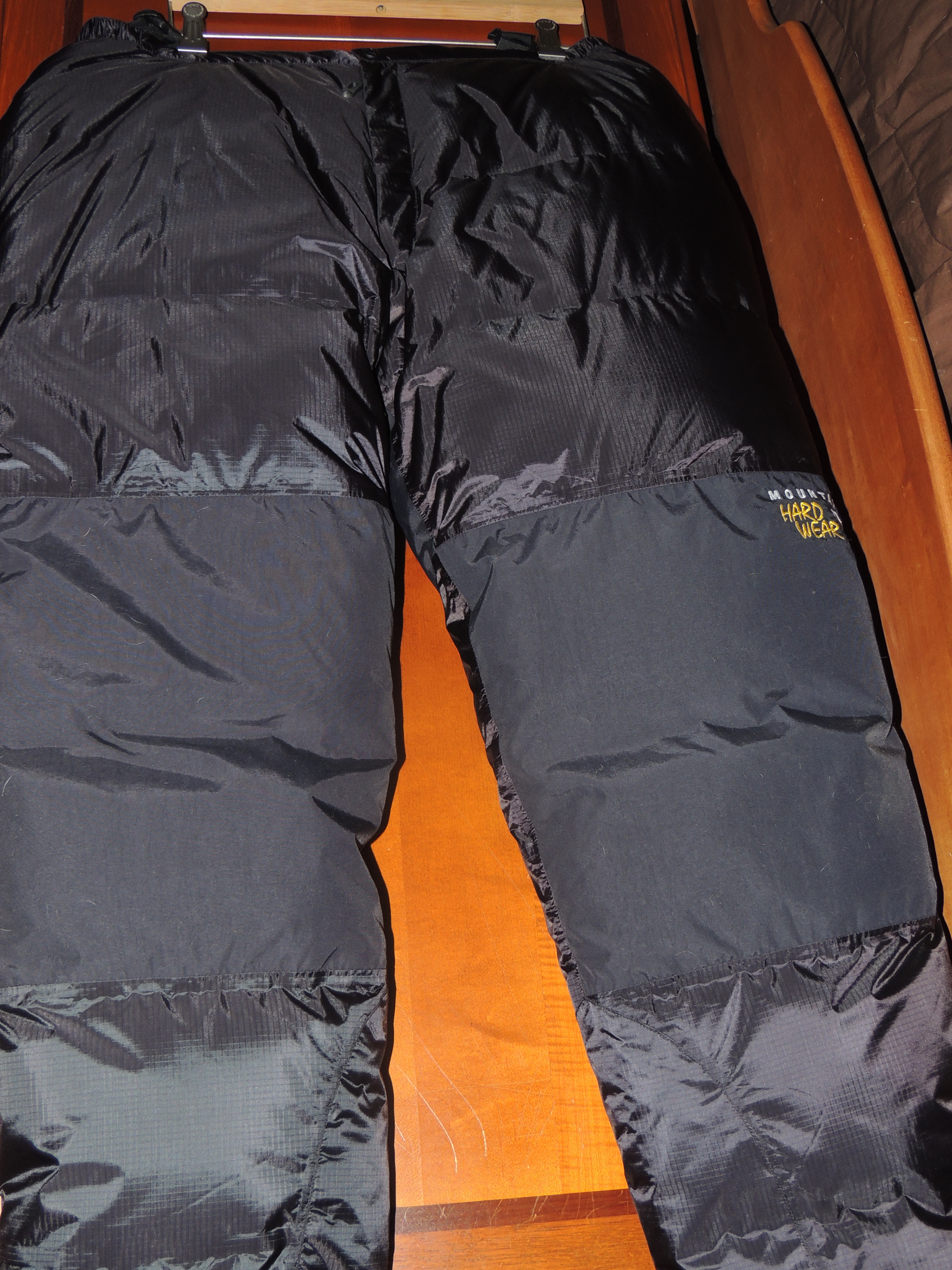
Three-system jackets
A three-layer system is not three layers in one but a jacket with three options. The liner zips out making for a light jacket. The outer shell without the liner can be worn as a standalone as well, like a rain jacket or moisture barrier. The two pieces can also be worn together for lower activity levels, around camp, or even around town making for a nice layering system.
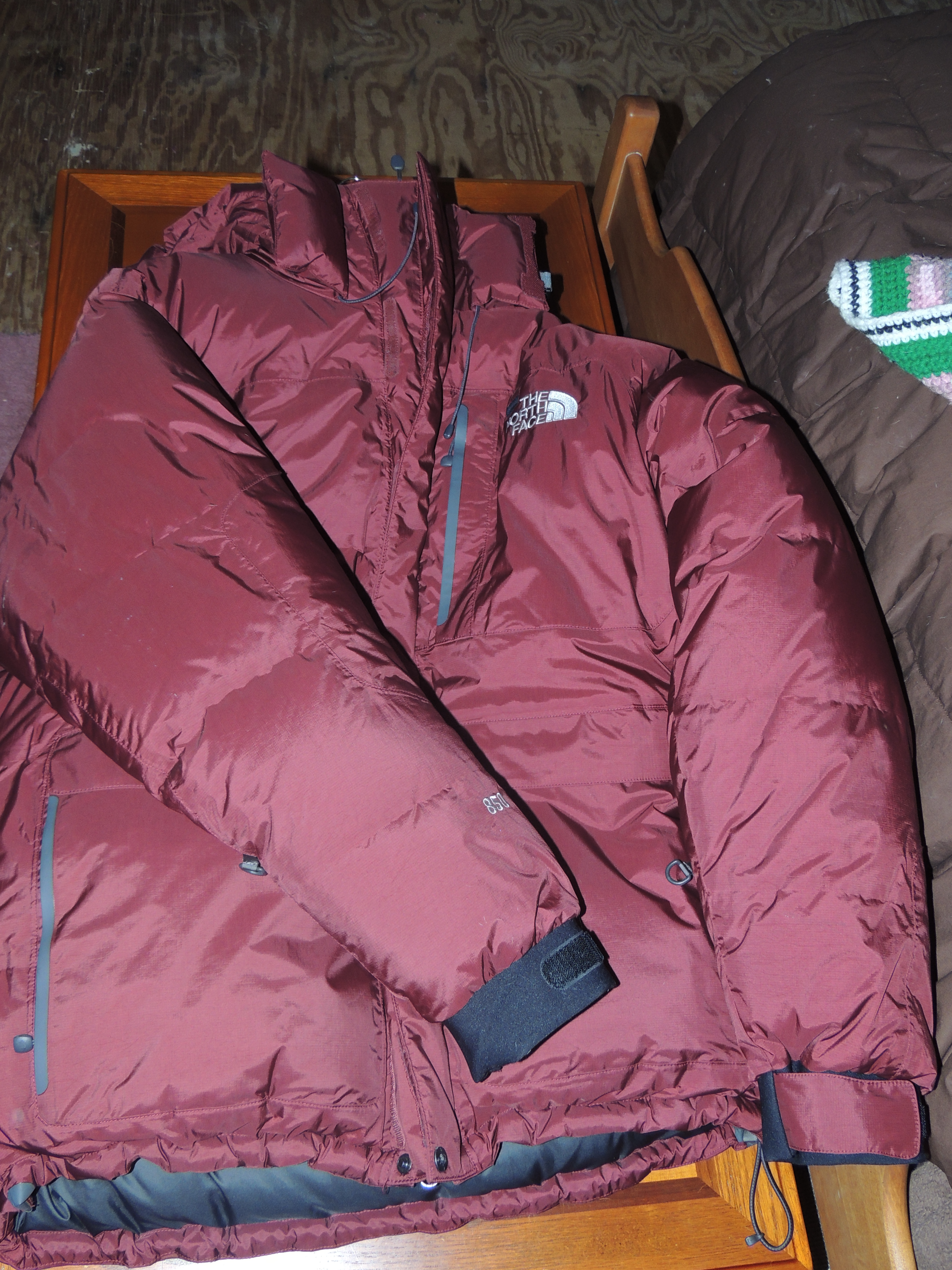
Insulated jackets
These are one piece jackets. They are not great for high activity levels. With only one layer you have to essentially peel away what would normally be a mid and outer layer to not overheat, leaving you with only a base layer on, which might not be enough. These jackets are too warm for use with a base layer and a mid layer. Leave the insulated jackets for lift-serve skiing or for around town.
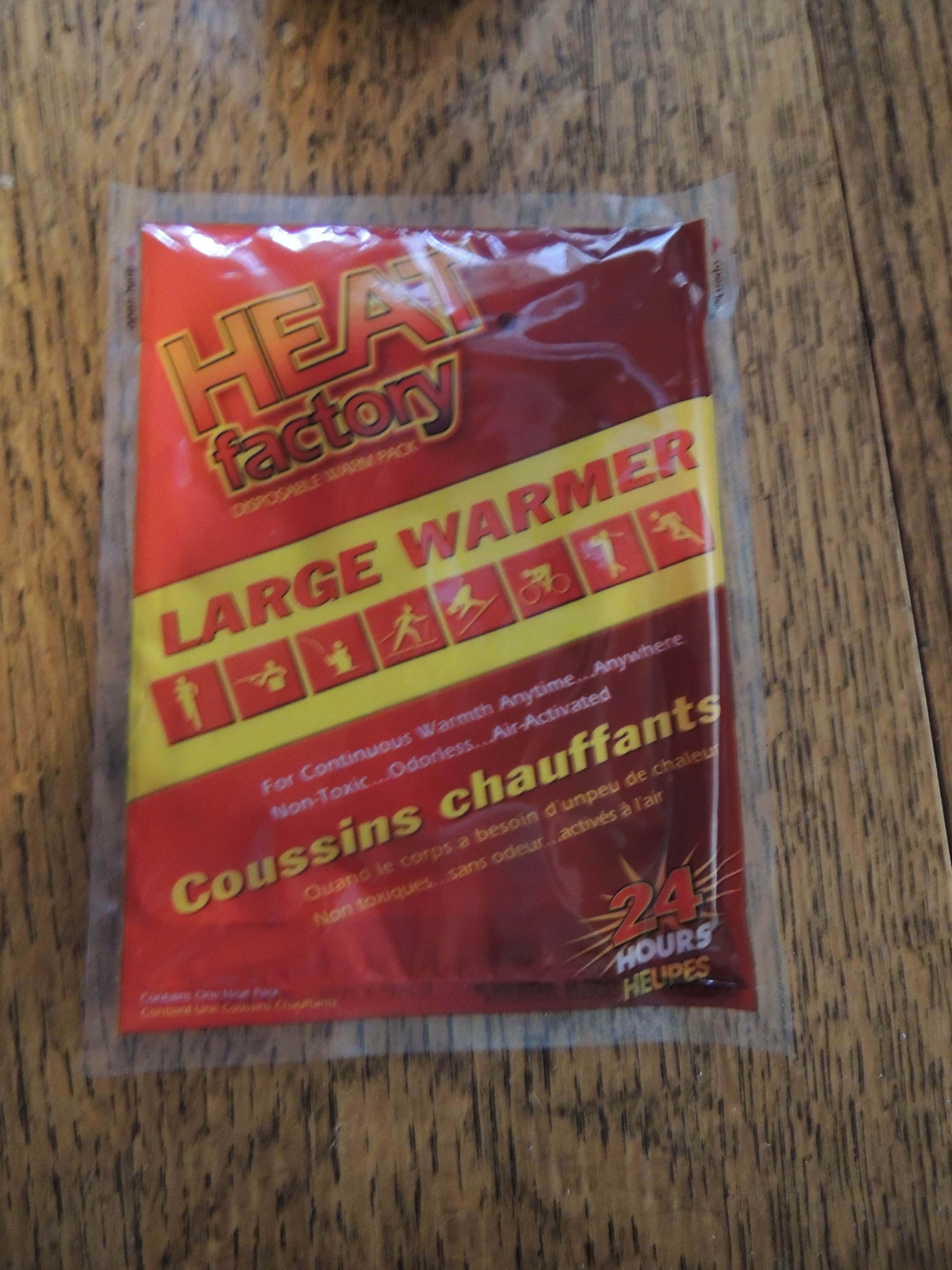
Body warmers
Like foot and hand warmers these guys help warm a certain section of the body. These are slightly larger and work best where blood vessels are closer to the skin. They should not be placed directly on the skin. Use them in an area that you feel needs added warmth, like the lower back or stomach.
For care of your winter gear and apparel, such as cleaning and storing, watch for my next blog on winter gear care. Still have questions about protecting your core or layering? Stop by a local gear shop for answers to your questions and to see what gear and outerwear is available to you. Wish to have an introduction to winter mountaineering, snowshoeing, or skiing? Find me at a local guide service and we can set it up.






